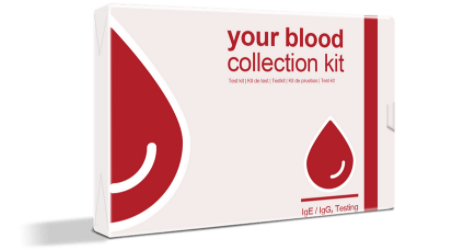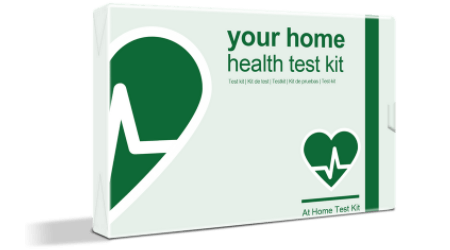So, you’ve decided to look at testing for allergies. Congratulations! You’re on the way to having a better picture of your health. However, do you know what kind of testing you want to get done?
Do you know which methods are safe or not safe? There’s a lot to think about, so allow us to help you out with the process by outlining everything you should know about each kind of test.
The safety factor in testing for food allergies
Despite what some people may think, testing for food allergies isn’t always necessarily safe. There are some testing methods that do hold the risk of causing a reaction, even a severe one. Understanding those risks, where they are, and what they mean for your comfort level is important when choosing the right method for you.
- Skin prick testing: This kind of testing is the traditional kind where a specialist will use a grid of needles to prick the skin and deposit allergens into the incisions. If a welt or bump appears over that grid mark, it implies that you are allergic to that substance. Its effectiveness is back and forth for food allergies depending on mediations and types of reactions that you are prone to. Skin prick testing can also cause a severe reaction in rare cases. If you are prone to severe reactions (and have a severe allergy where only trace amounts can cause a full reaction), you can have one during this test since it’s done on your body (and not a sample). It is something to think about when choosing the test.
- Oral testing: Another method of testing, especially with food allergies, is to be hooked up to medical equipment and eat a series of foods with varying levels of the allergen in them. This is done in a clinical setting with the patient not knowing which foods have allergens in them and which don’t (for clarity). An oral test, since it’s done live with you deliberately eating the food you are allergic to, this can create a full severe reaction that will require intervention with epinephrine. As with the skin prick testing, this is rare, and it is carefully monitored by medical professionals, but it is still a safety risk.
- Blood sample testing: This last type of allergy testing is thought to be perhaps the only entirely safe option. This is done by testing a blood sample in a lab against the allergens. Since the blood sample is taken at home and sent in by mail to be tested in the lab itself, there is no chance of a dangerous reaction happening during the testing process itself since the sample is not within you at the time. For those prone to serious reactions, this can be a huge perk.
There’s more to testing for food allergies than just deciding to do it. Choosing the best method for you and your comfort levels is going to be critical to making sure that you get the results that you need without compromising your safety to get them.



